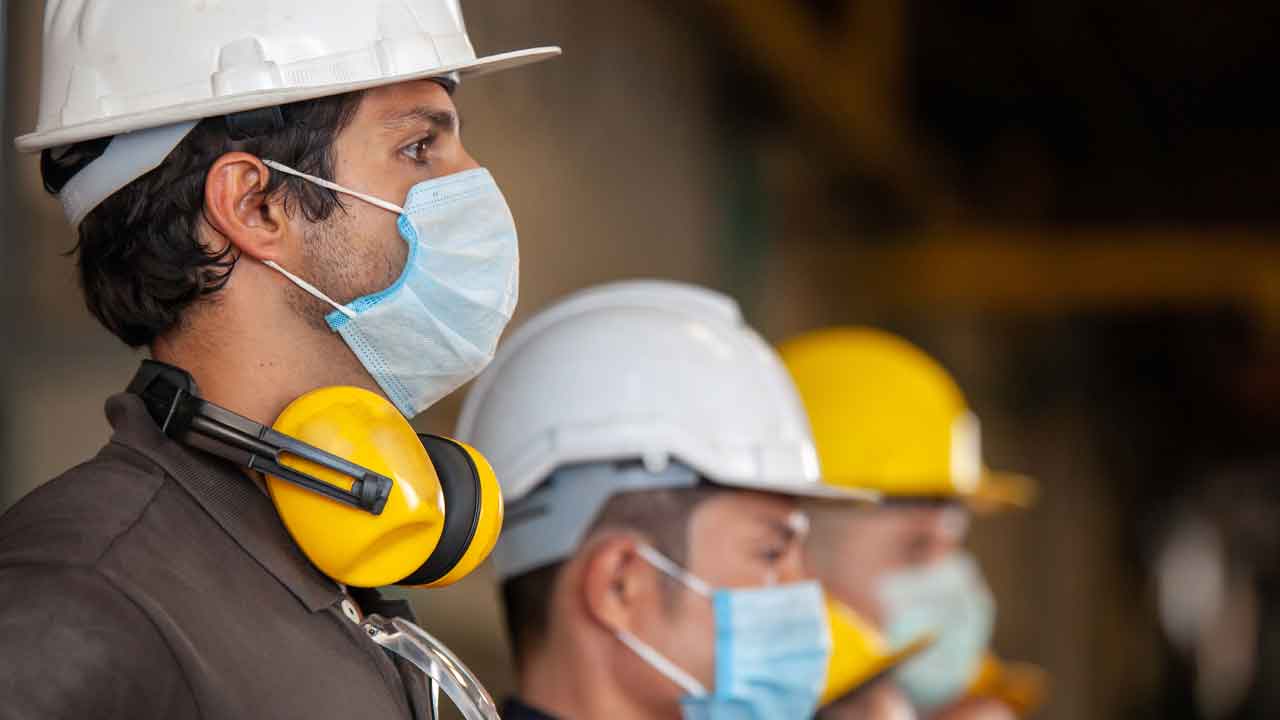So, how do we ensure they are effective?
Tips for Effective Safety Meetings
We all have heard of and probably have even been a part of a safety meeting at one point or another in our careers. This may be a regular occurrence; you may even be the one in charge of conducting them. So how do we ensure they are effective? How do we ensure that it is informative and educational while engaging and interactive so that people do walk away taking something out of it, rather than them being a complete waste of time?

Erring on the side of caution, to explain and simplify, a safety meeting is exactly as it sounds and is conducted by companies providing an opportunity to promote and update employees on workplace safety. Typically, the presenter has selected a topic/theme relevant to their industry and company. Safety meetings act as an opportunity to educate, demonstrate, correct mistakes, and ultimately to connect with your workforce on the topic of health and safety.
As EHS Insight says, “informed employees are safe employees. They can benefit from the direct face-to-face interaction, the chance to ask questions/provide input or the motivation to follow company safety policies”.
This is exactly what safety meetings provide the opportunity for companies to do. It gets everyone together and allows for value and importance to be added to health and safety at work.
Just like most things, safety meetings are only effective if done right. Unfortunately, it is very easy to fall into the trap of them being boring, lecture-like meetings. Safety meetings quickly become everyone’s most dreaded time when you fall into this trap.
How would you conduct an effective safety meeting?
Here are some tips.
Planning.
This is one of the most important and time-consuming steps for holding an effective safety meeting. Start by planning your topic/theme. Ensure it is relevant to your industry but, more importantly, that it’s also relevant to your specific company. Next, think about delivery, where is the best place to hold this meeting? If you’re talking about equipment hazards or a close call on a piece of equipment and how that has been corrected, why not conduct that meeting right by the piece of equipment? That is just one example, but the point is to ensure always that you’re thinking logically, even about the location of your safety meeting, when it comes to maximizing its effectiveness.
Consistency.
Holding regular safety meetings is essential to staying on top of issues, challenges, and relevant information. It is also key to helping you keep safety meetings brief and to the point. Trying to cover too much in a meeting will lose your audience, as attention spans are short for these topics. Best idea? Do something like scheduling these on the second Wednesday of every month, mid-week. Then people expect them and can plan around them; they also know they are important and valued if done consistently. Please stay away from Mondays
and Fridays and schedule them early in the day before too much gets started. This helps again avoid distractions and helps ensure you have the full attention for the meeting from your audience.
Interaction + Visuals.
Use visuals. Be hands-on when you can. Give out handouts. Most importantly, though, be interactive. Always leave time for questions and try to influence discussions—change up who plans and presents the safety meetings. Ask employees for feedback on past meetings and then ask them for topics they actually want to hear about. Avoid off-topic discussions as they can be distracting too and just end up pushing the meeting longer. One way to avoid this is to send out the meeting agenda in advance and then from there just manage what arises throughout. Create awareness and encourage participation.
Closing the Meeting/Follow-up.
Always finish with a summary of what was covered. For example, if you have come up with an action plan, ensure it is defined and that all participants know and understand their responsibilities. Then, send out a follow-up that includes the meeting notes and next steps. Ensure the follow-up is brief, just like the meeting and that all points are clear. Please focus on the positive takeaways and ensure they have this within 24hours of the meeting concludes. This gives participants a chance to process the meeting, review the follow-up and then check their understanding and get any needed clarification.
General Tips
- Communicate meeting details in advance and send out a reminder the day before
- Start and finish on time. Do not wait for late arrivals, and definitely don’t start over when they do arrive. Everyone’s time is valuable. Let these people read the meeting notes/follow-up
- Be relevant!!! Talk about topics that truly apply, or else you will lose your audience, quick
- Focus on being interactive and adding value to safety in the workplace
- Always encourage discussion and leave room for questions – just avoid off-topic movement
In conclusion, like anything, if you want people to buy in and listen, you ultimately need to add value, show them you care, and show that you have put the time and thought into making the meeting matter rather than just being a formality or lecture.
Safety meetings are a great opportunity to better your workplace and keep your workers safe. Health and safety in the workplace is essential, and safety meetings are one of the best tools to use when it comes to communicating and facilitating relevant topics, changes and all other issues/challenges related to health and safety.
By: Sarah Laybolt, Industrial Safety Trainers Inc.
If you wish to get in touch with EMC's Safety Team, please contact Lynn Morris, Safety Team Administrator.





